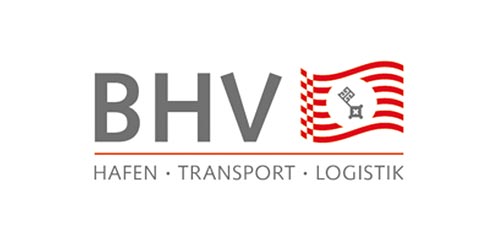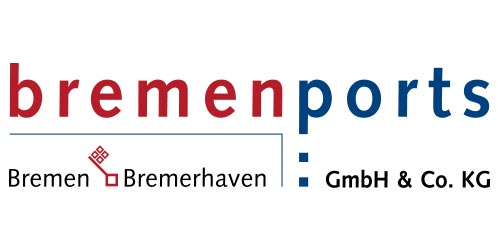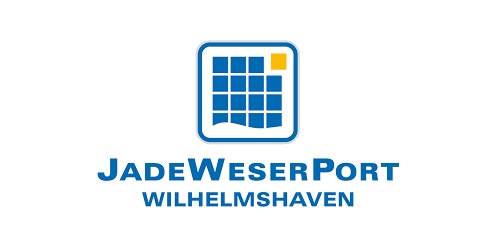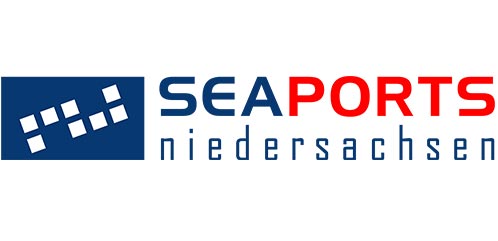Companies such as Glomb in Bremerhaven, Weets in Emden or Beeken in Hamburg are specialists in intelligent container logistics and guarantee efficient networking between the key German seaports.
Port logistics play a dominant role in the day-to-day operations of all three logistics service providers. The vehicles belonging to the Bremerhaven-based haulage company GCD Glomb Containerdienst run a regular service to and from the ports. And the striking pink of the semi-trailers is no coincidence: when the company was founded in 1980, this eye-catching colour served as a preventative measure against theft at a time when the port was not guarded. It has long since become the corporate colour and trademark of this medium-sized company.
Glomb’s fleet consists of 450 lorries, of which 70 are company-owned, and undertakes both short-haul and long-haul services. It serves the so-called “Nassen Dreieck”, which roughly translates as the “seaport triangle”, meaning the routes between Bremerhaven, Bremen and Hamburg, plus services to and from the seaports of Rotterdam and Antwerp. This equates to 200,000 TEU p.a. Feeder traffic accounts for roughly ten per cent of the transport volume, while direct local transport and transfers within the ports make up 20 to 25 per cent of business. Their customers are mainly shipping companies and port forwarders as well as transshipment companies for the “last mile” within the seaports.
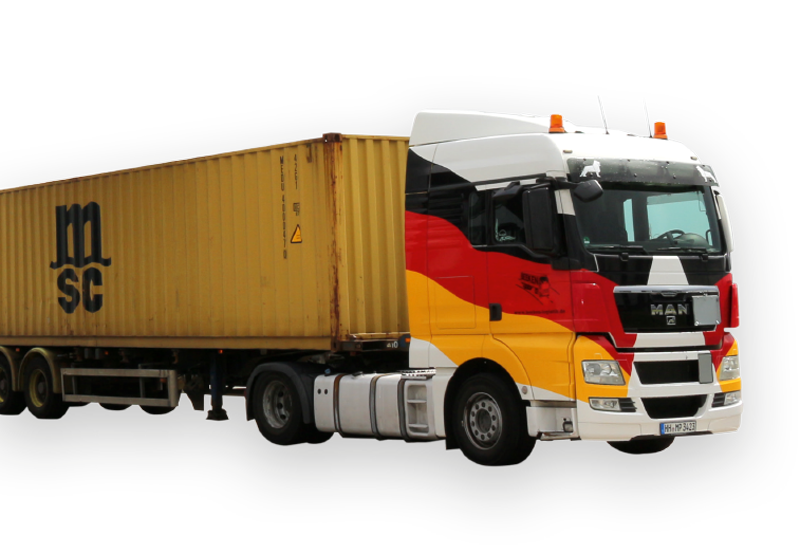
Flexibility is key
“We offer transshipment, for example between Wilhelmshaven and Bremerhaven, Bremer-haven and Hamburg as well as Hamburg and Wilhelmshaven,” reported Delf Hoehne, in charge of overall management for Western Europe and Special Cargo Transport. Roughly 400 to 500 such services are carried out each week. The company regards one of its main features as being the ability to offer a high degree of flexibility. Despite existing master agreements, customers generally award their tramp shipping contracts for import and export at very short notice, i.e. with an average lead-in time of approx. one day.
The challenge facing logistics service providers is to deliver each container on time while proactively keeping customers informed. Consequently, it is even more important for dispatchers that the ships arrive and are dispatched on time, and that everything runs smoothly at the terminals without enduring long waits. After all, any untoward delays mean more time and money. That is why, as well as for reasons of sustainability, the company is striving to optimise its transportation systems, so that empty runs are avoided as far as possible.
Strengthening German seaports
The Weets freight-forwarding company from Emden, which was set up in 1985 and has branches in Hamburg, Soltau and Wolfsburg, transports sea containers from point of delivery either directly by lorry to the port or uses an intermodal transport solution – road and rail. In the case of the latter, the container is first transported by lorry to the site, then to the inland terminal and from there to the port by rail. “This procedure is crucial for us, as our processes start and end at the ports,” emphasised Paul Mlozniak, Head of Rail Traffic and Sales at Weets.
“Our main ports of call are Bremerhaven, Wilhelmshaven and Hamburg. We are focussed on the German seaports that we wish to strengthen,” continued Mlozniak. The fleet comprising 180 vehicles, of which 70 are company-owned, mainly cover the routes Wilhelmshaven to Bremerhaven and Wilhelmshaven to Hamburg. In 2024, this SME transported 180,000 standard containers (TEU), 70 per cent of which were transported by road and rail and 30% by lorry.
For freight transported by rail, the company relies on its intermodal terminal in Soltau, from where the goods are transported by rail to Hamburg and Bremerhaven. Furthermore, there is the option of transporting goods by barge that currently operates between Wolfsburg and Bremerhaven, Wolfsburg and Hamburg as well as Bremerhaven and Hanover.
Wilhelmshaven and Bremerhaven have been established as port hubs because of the new structure of the liner services within the Gemini alliance of Maersk and Hapag-Lloyd. Naturally, this also has an impact on the entire port logistics. “We’ll now be increasing the amount of cargo carried by rail for Wilhelmshaven,” reported Mlozniak and continued: “These kinds of rail freight changes are more complex than changing lorry services. But the expected increase in freight carried by lorry also requires return loads. Consequently, we’re talking to customers and shipping companies to optimise capacity.”

Connecting the North
Beeken transport and logistics was established in 1913 and also specialises in transporting containers to and from ports with its current fleet of 50 company-owned tractor units and 200 transport chassis. This SME provides transport services from its headquarters in Hamburg and branch in Wilhelmshaven, which opened in 2013, connecting the economic regions of Hamburg, Schleswig-Holstein, Lower Saxony, Bremen and Mecklenburg-Western Pomerania, as well as Berlin and Brandenburg.
“Our core expertise consists of transporting goods to and from German seaports,” emphasised Bernd Beeken, company owner in the fourth generation. Only Rotterdam and Antwerp are our long-distance ports of call. “80 per cent of our business consists of transporting containers to German seaports, and the remaining 20 per cent comprises transshipments within ports.” Then there are transport services to the hinterland.
The company achieves approximately 300,000 TEU per year across all areas. This means, of course, that all deliveries to the seaport terminals must run smoothly. “One of the crucial factors is the interface between automation and the staff working at the terminal,” underlined Beeken and continued: “Overall, everything works well, except when we encounter disruptions like strikes.”
Nevertheless, there is always room for improvement. The joint German IT solution developed by the service providers specialising in port community systems, DBH Logistics IT from Bremen and Dakosy from Hamburg, is an example of this. The digitised release process for imported containers called ‘Secure Release Order’ will gradually replace the previous PIN code-based procedure in Bremerhaven, Bremen and Hamburg during the course of this year. The logistics service providers will welcome this. After all, it is a way to raise the profile of German ports. (cb)



